- Exceptional durability due to the carbon construction, making it perfect for players who frequently break strings.
- Not ideal for players who prefer a softer string due to the high tension and lack of elasticity.
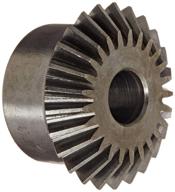
2
·
Average


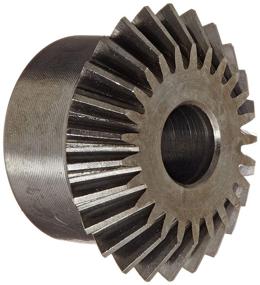
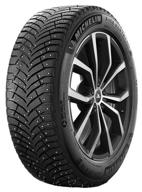
MICHELIN X-Ice North 4 SUV 305/35 R21 109T winter

26 Review
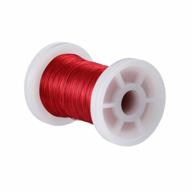
BNTECHGO 34 AWG Magnet Wire - Enamel Copper Winding Wire - 2Oz Spool Coil Red For Transformers And Inductors - Temperature Rating 155℃

25 Review

BNTECHGO 24 AWG Magnet Wire - Enameled Copper Wire - Enameled Magnet Winding Wire - 1.0 Lb - 0.0197" Diameter 1 Spool Coil Natural Temperature Rating 155℃ Widely Used For Transformers Inductors

13 Review
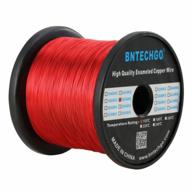
BNTECHGO 26 AWG Enameled Copper Wire - Magnet Winding Wire - 3.0 lb - 0.0157" Diameter - Red Color - Temperature Rating 155℃ - Ideal for Transformers and Inductors

29 Review
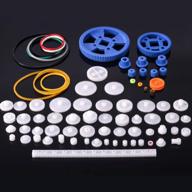
🤖 80Pcs Plastic Robot Gearbox Motor: Optimal Performance for Robotic Projects

3 Review
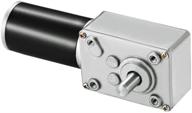
Greartisan Self Locking Reversible Reduction Electric 🔌 - A High-Quality Powerhouse for Versatile Motor Control

3 Review
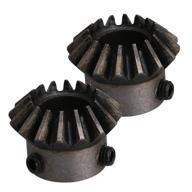
🔧 Tapered Pinion Diameter Module - CNBTR

3 Review
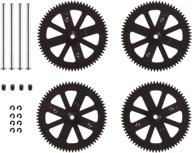
HONBAY Parrot Improved Material Replacement

3 Review